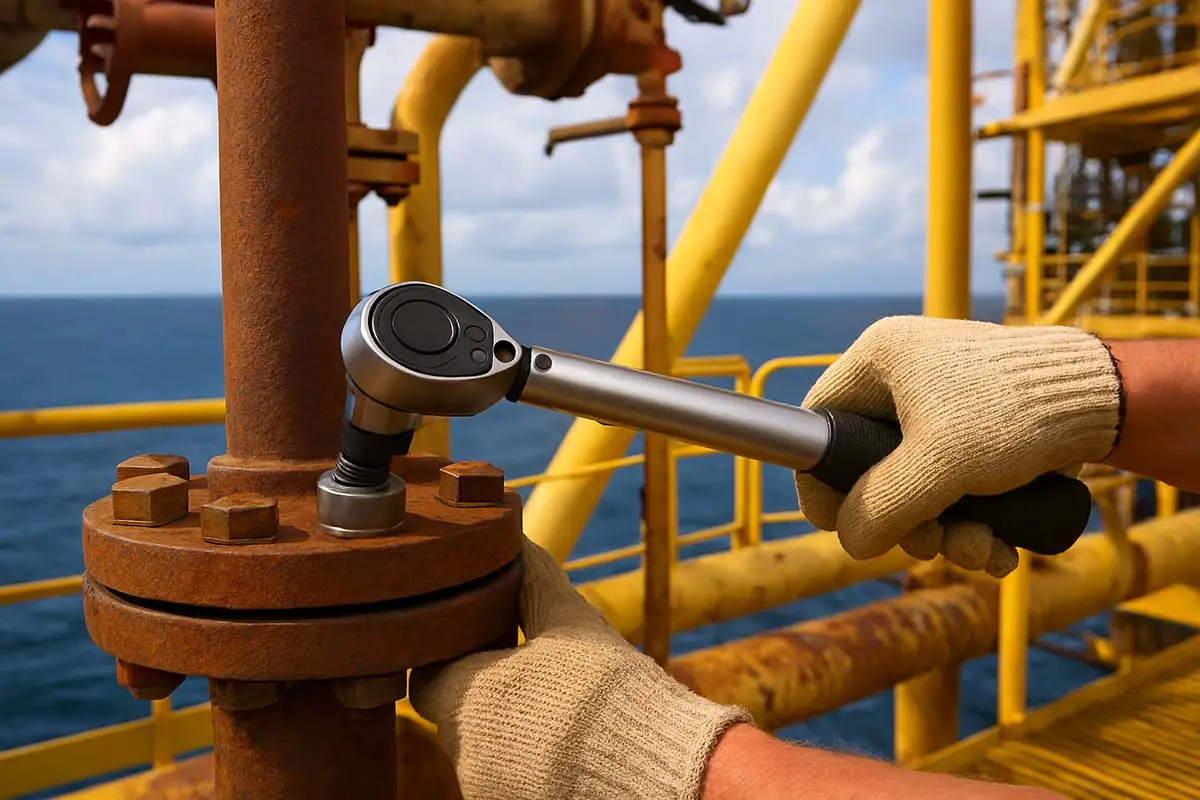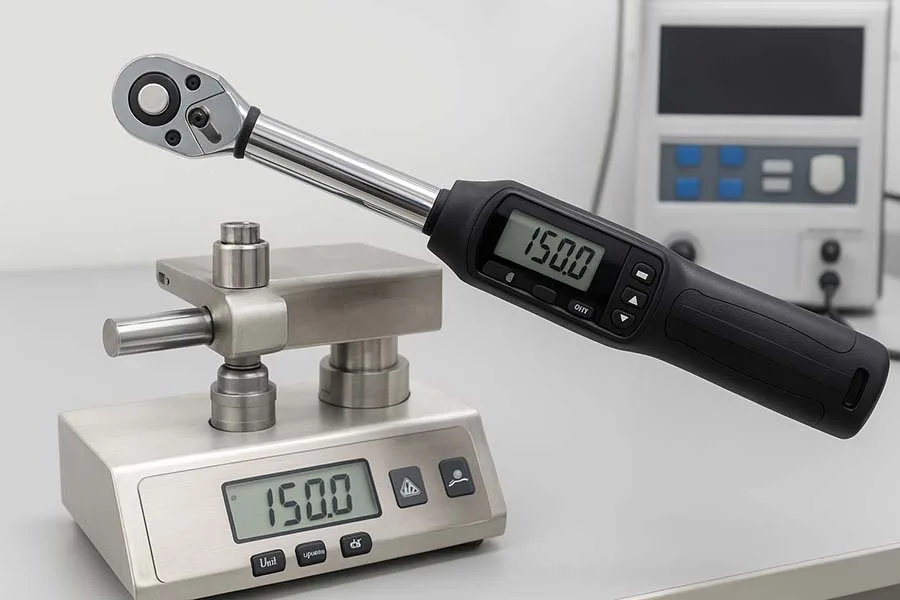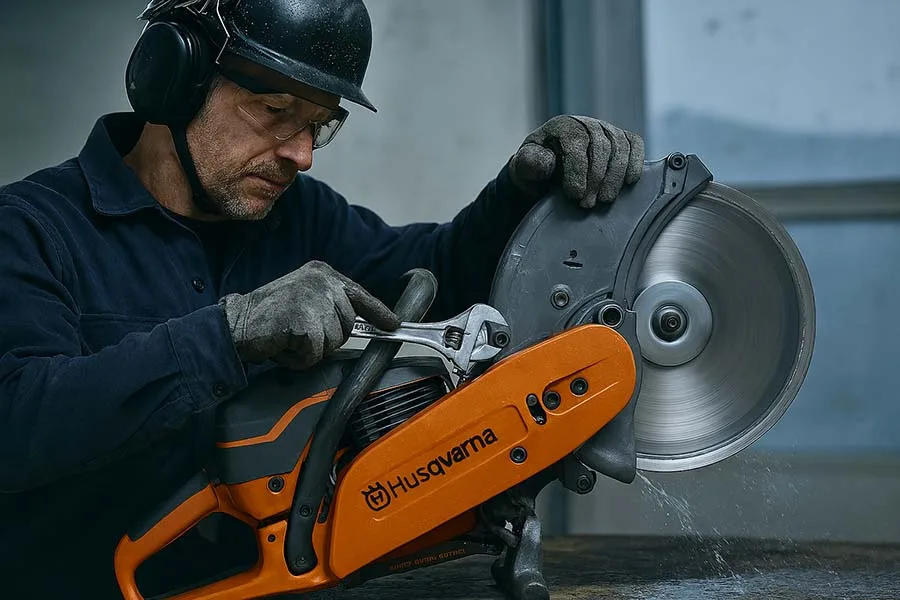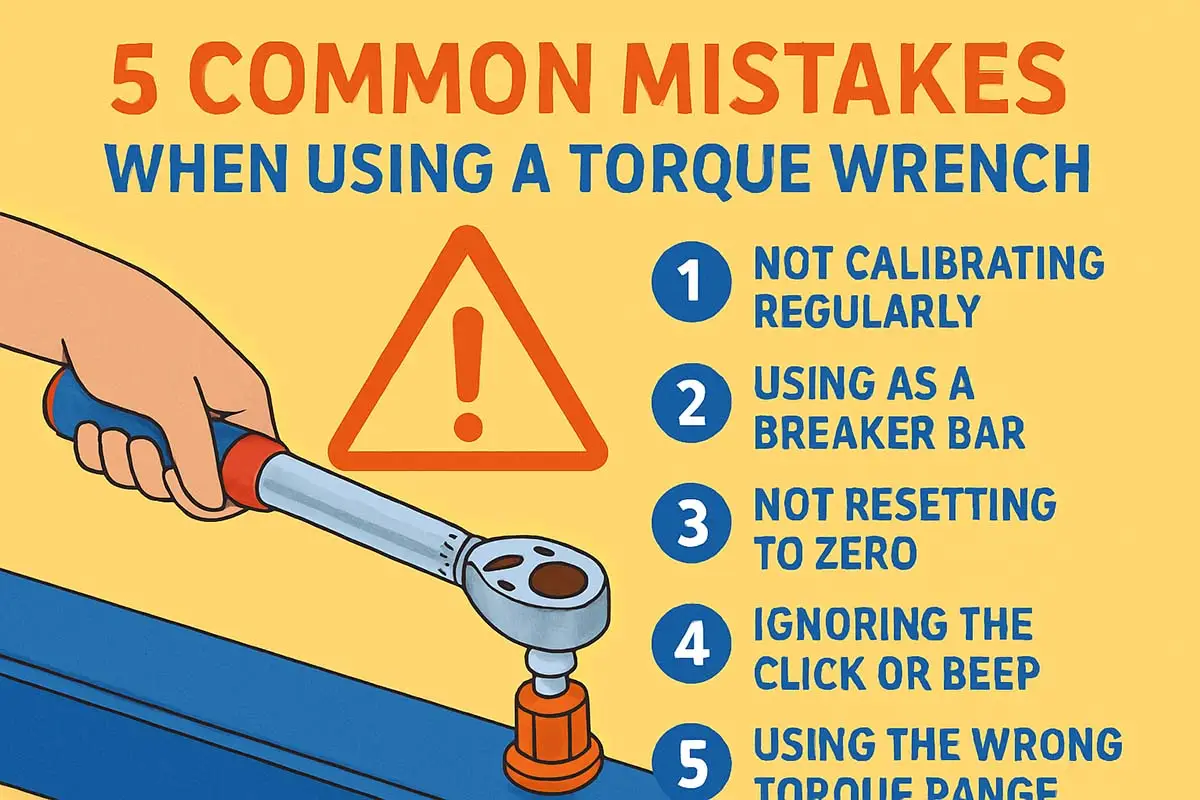Introduction: Why Proper Torque Matters
In industrial settings, a bolt is not just a piece of metal holding parts together – it’s a critical component in ensuring safety, performance, and reliability. Applying the correct torque isn’t about guessing or “tight enough feels right.” It’s a precise science that affects everything from machinery efficiency to worker safety. If you torque too little, the joint may loosen under vibration. Too much, and you risk damaging threads or even snapping the fastener entirely.
Today, we’ll go through everything you need to know to torque a bolt correctly for industrial applications – using the right tools, techniques, and safety precautions so you never have to wonder, “Did I tighten that enough?” again.
1. What Does ‘Torquing a Bolt’ Mean?
Torquing a bolt means applying a specific twisting force (measured in Newton-meters or pound-feet) to tighten it. This ensures that the fastener is secure enough to hold parts together without overstressing the material.
In industrial applications, torque values are usually determined by engineering specifications, material type, and application conditions.
2. Tools You’ll Need
To torque a bolt properly, you need the right equipment. Common industrial tools include:
- Click-type torque wrench – Clicks when the set torque is reached.
- Beam-type torque wrench – Uses a scale and pointer; good for visual confirmation.
- Digital torque wrench – Offers precise readings and memory storage.
- Hydraulic torque wrench – Ideal for large bolts in heavy industry.
- Torque multiplier – For applications where extra force is required.
3. Step-by-Step Guide to Properly Torquing a Bolt
Step 1: Check the Specifications
- Locate the recommended torque value in the manufacturer’s manual or engineering drawing.
- Ensure you know the unit of measurement (Nm, ft-lbs, or in-lbs).
Step 2: Prepare the Bolt and Threads
- Clean the threads to remove dirt, rust, or old lubricant.
- Lubricate if required – but only if the torque value is specified for lubricated threads. Lubrication can significantly change torque readings.
Step 3: Set the Torque Wrench
- Adjust the torque wrench to the exact specified value.
- Double-check the scale or digital display before use.
Step 4: Tighten in the Correct Sequence
- For multi-bolt flanges or assemblies, follow a cross-pattern sequence.
- This ensures even clamping force and prevents warping.
Step 5: Apply Torque Slowly and Steadily
- Turn the wrench smoothly until the set torque is reached.
- For click-type, stop immediately after the click.
- For digital, watch the reading closely.
Step 6: Recheck the Torque
- For critical applications, always recheck the torque after a short period or after the first use cycle.
4. Common Mistakes to Avoid
- Overtorquing – Can stretch or break bolts.
- Undertorquing – Leads to loose joints and possible catastrophic failure.
- Wrong tool choice – Using a standard ratchet instead of a torque wrench.
- Ignoring lubrication factors – Lubricated threads require less torque.
- Skipping sequence – Especially dangerous in high-pressure flanges.
5. Safety Tips for Industrial Torque Work
- Wear safety gloves to prevent pinching injuries.
- Keep a firm stance to avoid slipping while applying force.
- Regularly calibrate your torque wrench – at least every 12 months or after 5,000 uses.
- Never use a torque wrench as a breaker bar.
6. Torque Charts for Industrial Fasteners
Torque charts give approximate values for various bolt sizes and grades. For example:
| Bolt Size | Grade 5 (ft-lbs) | Grade 8 (ft-lbs) | Stainless Steel (ft-lbs) |
|---|---|---|---|
| 1/4″ | 6 | 9 | 5 |
| 3/8″ | 23 | 33 | 20 |
| 1/2″ | 55 | 80 | 45 |
(Always verify with manufacturer data – these are reference values only.)
7. Special Considerations for Industrial Applications
- Vibration-prone environments (e.g., mining, manufacturing) may require thread-locking compounds.
- High-temperature applications may need different torque values due to thermal expansion.
- Subsea or offshore applications require corrosion-resistant coatings and precise torque verification.
Funny Fact
The Guinness World Record for the largest bolt ever made belongs to one used in Japan for a hydroelectric dam project. It weighed more than a compact car – imagine finding a torque wrench for that!
Lesser-Known Fact
In some aerospace applications, torque is deliberately set slightly lower than maximum values, because the real goal is to achieve bolt tension, not just torque – and direct tension measurement tools are sometimes used instead of torque wrenches.
You May Like To Read Too
- Understanding Bolt Grades and Strength Classes (Metric & SAE)
- Common Types of Industrial Fasteners and When to Use Them
- What’s the Difference Between Bolts, Screws, and Studs?
- Fastener Materials and Coatings Explained
- How to Prevent Fastener Failure in the Field
- How to Read Bolt Head Markings: Grade, Manufacturer & More
- Explained: Coarse vs Fine Threads in Industrial Fastening
- What’s the Difference Between Bolts, Screws, and Studs?
- Should You Buy Fasteners in Bulk or Kits?
Conclusion
Correctly torquing a bolt in industrial applications is not just about “tightening until it feels good.” It’s a measured, calculated process that ensures safety, performance, and longevity. With the right tools, correct preparation, and adherence to specifications, you can avoid costly downtime and equipment failure.
💬 Your Turn:
Have you ever had a bolt fail due to incorrect torque? Share your experience in the comments, send this guide to your colleagues, and help promote better bolting practices across industries.





